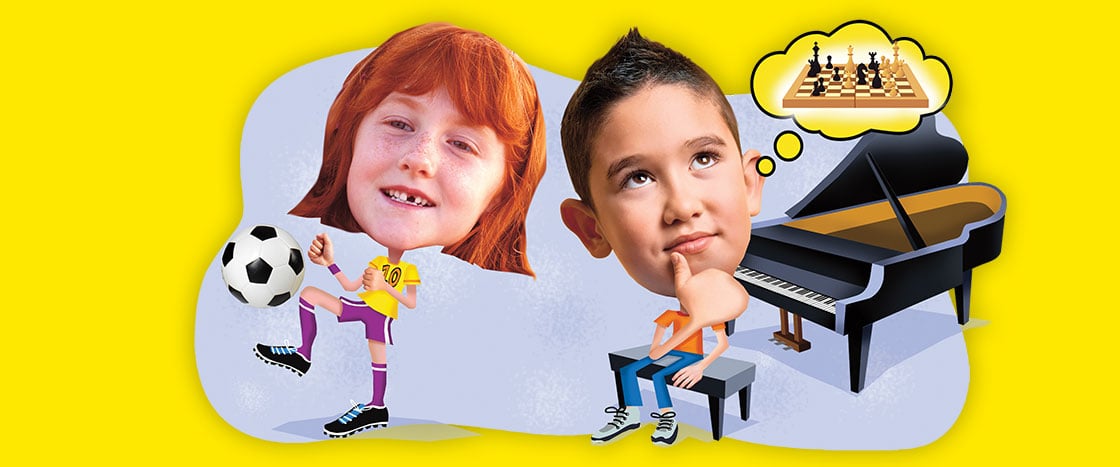SHUTTERSTOCK.COM
Leo
I want to quit piano lessons, and I think that’s OK. First of all, I just don’t like playing piano anymore. Why should I keep doing something that is not fun for me?
Also, I started playing piano when I was 5. It’s been two years. That’s a long time. I really tried my best. But now I’m done.
Finally, if I quit taking piano lessons, I’ll have time to find something I like more. Maybe I’ll learn how to play chess!
I want to quit piano lessons. I think that's OK. I don’t like playing the piano. Why do I have to do it?
I started playing piano when I was 5. I have played for two years. That’s a long time. I really tried my best.
I’ll have time to find something I like more if I quit. Maybe I’ll learn how to play chess!

